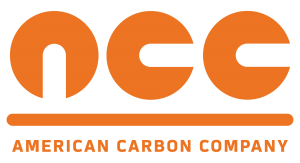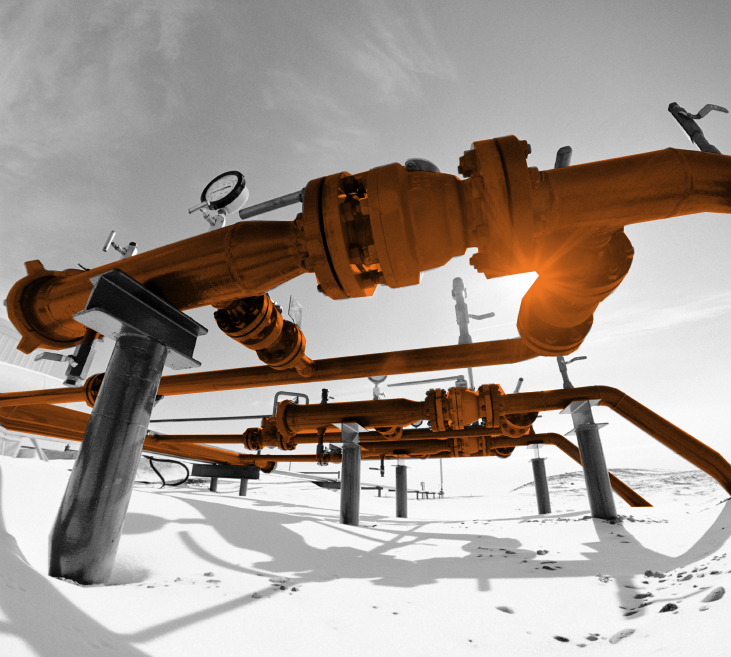Low Quality magnesium anode installation and premature anode failure is a concern that is not discussed enough in this industry. People often say to us, magnesium is magnesium – what is the difference. When the end user purchases their magnesium they likely never see it or if they do it is almost always packed away in a bag filled with gypsum and bentonite – nothing exciting to look at that’s for sure. Herein lies the problem.
The largest stakeholders in the entire process is often not exactly sure what they are buying. For all they know, there could be a large rock inside the bag. Of course this isn’t the case, but when you step back and think about it, failing to verify the quality of magnesium anode that is being used is like buying eggs and not opening the carton to see if any are damaged.
The purpose of a magnesium anode is to protect a piece of valuable equipment from corrosion. The quality of magnesium directly relates to the value of protection afforded by the Cathodic Protection system. When you take a look at the below budget for installing magnesium anodes, it is clear that paying a couple cents more up front for quality anodes that meet the 500 amp hours standard of the ASTM G97 test pays for itself even before the first year of service. Below is a sample budget for a 50 anode installation, taking 3 men one day to complete (24 man hours).
| 50% Efficient 40-306 17D3 High Potential Anode | 38% Efficient 40-306 17D3 High Potential Anode1 |
| Material Costs | Material Costs |
| Bare Cost of Anode $34.00 ($2.00/lb) | Bare Cost of Anode $33.15 ($1.95/lb – 2.5% initial savings) |
| Assembly and Markup by Customer: $20.00 | Assembly and Markup by Customer: $20.00 |
| Installation Costs2 | Installation Costs2 |
| Installation Cost per Anode: $125.00 | Installation Cost per Anode: $125.00 |
| Total Cost per Installed Anode2 | Total Cost per Installed Anode2 |
| Total Cost per Anode: $179.00 | Total Cost per Anode: $178.15 (Total Savings $0.85/anode or 0.47%) |
| Design Life Calculations3 | Design Life Calculations3 |
| Design Life (yrs) = (0.116*17*0.5*0.85)/(0.1) = 8.38 | Design Life (yrs) = (0.116*17*0.38*0.85)/(0.1) = 6.37 (2 year life REDUCTION) |
1American Carbon’s experience shows that this is a common efficiency level for anodes from some of our competitors – some are better, others worse. This value was chosen for illustrative purposes only, and in no way claims any one manufacturer consistently manufactures anodes of this quality.
2Based upon a 10 anode groundbed – larger groundbeds will have a lower cost per anode installation cost, while smaller groundbeds will have a higher cost per anode.
3Based upon the industry standard 85% utilization factor and a relatively standard design current of 0.1 amperes. This calculation is for High Potential Magnesium Anodes ONLY, and was taken from Peabody’s Control of Pipeline Corrosion.
So what does this tell us? An end user of a 17D3 high potential anode from American Carbon Company, may pay a very small premium [$0.85 (0.47%) more] per anode, but the anode has an expected life that is 2 years (33%) longer!
Of these charges, the difference in price between an anode meeting the industry requirement of 1.70 open circuit voltage and 500 amp hours (see more discussion here) and one that is 18% low on these marks is less than 1% of the total cost of the project.
The next step is calculating the life of the equipment being protected. For simplicity sake, let’s assign a life of 20 years. During that 20 year life span the magnesium anodes would likely have to be replaced about 2 times, once after 7 years and again after 14 (these are only estimates and soil types and other surrounding conditions will cause this to vary). If the first installation uses unacceptable anodes, you almost certainly will have to replace the anodes at least 3 times during the life of the equipment.
Now this may be a very rudimentary calculation, but the basic principle will always hold true. A small additional investment (say $100 on the same $10,000 install) in the front end, will almost certainly save the owner $10,000 (one complete replacement charge) over the life of the equipment. Demanding high quality magnesium anodes makes fiscal sense, doesn’t it?
For a more detailed analysis, please view this PDF which breaks the process down further G97 Explained

